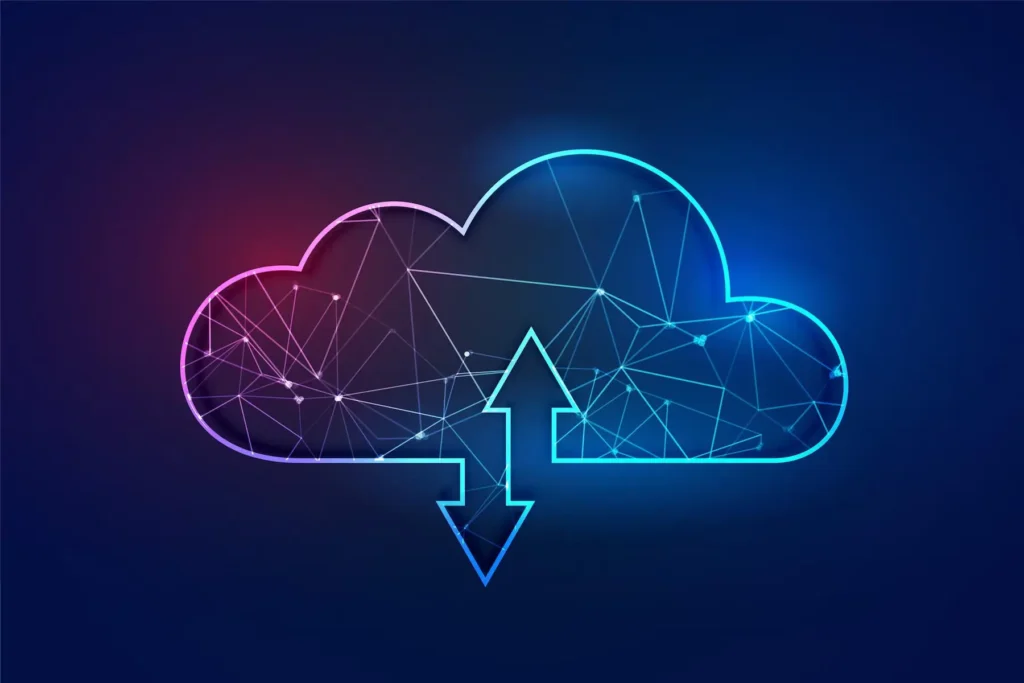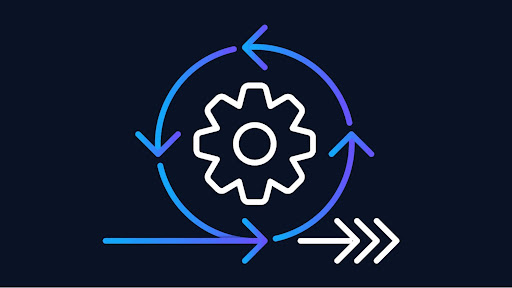IAM and Cloud Security: Best Practices for a Secure Cloud Environment

As businesses continue to migrate their operations to the cloud, ensuring the security of their digital assets becomes increasingly critical. The potential risks and threats associated with cloud computing, such as unauthorized access, data breaches, and system downtime, make it imperative for organizations to implement robust security measures. In Oct 2021, 98% of organizations experienced a cloud security breach.
One key aspect of cloud security is identity and access management (IAM), which refers to the policies and technologies used to control and manage user access to cloud resources. IAM enables organizations to enforce access controls, authenticate users, and manage user permissions within the cloud environment.
IAM and Cloud Security
In cloud environments, IAM and WAM play a crucial role in ensuring the security of cloud-based applications and resources. Identity and Access Management is a critical component of cloud security that helps organizations to manage and secure access to cloud resources. Web Access Management (WAM) is a specific subset of IAM that focuses on managing access to web-based resources.
Cloud environments often involve multiple users, applications, and services, all of which need to be secured against unauthorized access. IAM and WAM technologies are used to provide centralized control over access to cloud resources, enabling organizations to enforce policies and rules that limit access to authorized users.
With IAM, organizations can define who has access to which resources, and what actions they can perform on those resources. IAM also allows organizations to enforce strong authentication and authorization policies, which can help prevent unauthorized access to cloud resources.
Cloud providers such as Amazon Web Services (AWS), Google Cloud Platform (GCP), and Microsoft Azure offer IAM services that are specifically designed to help organizations manage access to their cloud resources. These services provide a variety of features, including user and group management, password policies, multi-factor authentication, and role-based access control.
IAM can also help organizations comply with various regulatory requirements, such as the General Data Protection Regulation (GDPR) and the Health Insurance Portability and Accountability Act (HIPAA). These regulations require organizations to implement strong security controls to protect sensitive data, and IAM can help them achieve this.
Best IAM Cloud Practices
The right IAM strategy can verify, authorize, and detect users, enabling them to grant user-specific access to cloud resources and apps. However, Implementing IAM alone is not enough to ensure a secure cloud environment.
To effectively protect cloud resources, organizations must also adopt best practices in areas such as network security, data encryption, vulnerability management, and incident response. The following are some of the most common IAM practices that can be used for a secure cloud environment:
Centralize IAM
Centralizing Identity and Access Management (IAM) entails combining and managing identities and access across numerous applications, systems, and platforms in a single, centralized location. It becomes easier to monitor and enforce policies governing identity and access. This is due to the fact that the centralized approach ensures that privileges are granted in accordance with the rules and regulations outlined in your organization’s governance framework. You can align privileges with your business requirements. Centralized IAM is particularly useful in cloud environments where there are multiple accounts and platforms to manage.
Monitor And Audit Activity
Organizations can detect suspicious activity and mitigate threats by actively monitoring identities and sending alerts, Organizations can use various monitoring methods such as logs and analytics to identify suspicious IP addresses, sign-in attempts from multiple locations, and infected devices. Use security information and event management (SIEM) tools to monitor and log all activity in your cloud environment, including user access, configuration changes, and network traffic. This reduces the risk of compromised user credentials, and organizations can take prompt action to mitigate security threats.
Encrypt Sensitive Data
Data encryption helps organizations protect sensitive information from unauthorized access. Encrypting data at rest and in transit ensures that even if the data is compromised, it cannot be read or accessed by unauthorized users. Use industry-standard encryption protocols such as Transport Layer Security (TLS) for data in transit, and encryption technologies like AES for data at rest.
Practice Least Privilege
The principle of least privilege ensures that identities are given only the minimum permissions required to perform their roles. Granting too many privileges can increase the risk of a security breach. By implementing the principle of least privilege, security teams can greatly mitigate the extent of damage caused by a data breach, as it limits the impact to only those permissions associated with a particular account. Continuous monitoring of identities against the baseline of least privilege is necessary to maintain a secure environment.
Avoid Root Accounts
Root accounts are the most powerful accounts in any system, as they have access to all resources and functions. Creating individual IAM users with relevant permissions and not sharing root credentials with anyone is a best practice that reduces the risk of unauthorized access to sensitive information. IAM users can be granted only the permissions they need to perform their job function, reducing the risk of a compromised root account.
Enable Single Sign-On
Single sign-on (SSO) is a best practice that enables users to use the same credentials to access the resources located in the cloud or on-premises. This reduces the risk of weak passwords, and users can have centralized access to various resources with ease. SSO also allows organizations to manage access to resources centrally and eliminates the need for users to remember multiple passwords for different applications.
Use Role-based Access Control (RBAC):
RBAC is a widely used access control mechanism that allows organizations to grant access to cloud resources based on roles rather than individual users. This ensures that only authorized users can access resources based on their job function. RBAC also simplifies the process of managing access to cloud resources by reducing the administrative overhead of managing individual user permissions.
Protect User Access Keys
Since access keys allow for programmatic access to a cloud environment, it’s best to avoid sharing or encoding access key credentials between identities in your account. If access keys are necessary, it is best to put automation in place to delete old and/or inactive keys. Creating a non-person identity with short-lived access, like an AWS Role, is an even better practice.
Deactivate IAM Accounts
De-provisioning should be done for all dormant identities, including those of former workers and unused identities. These dormant accounts pose serious risks as they add to the organization’s attack surface and are potential entry points for cybercriminals. It is best to automate the detection of dormant accounts and provide intelligent workflows and automation to delete them. This ensures that identities are removed promptly, reducing the organization’s risk profile.
Network Security Controls
Use network segmentation, firewalls, and intrusion detection/prevention systems (IDS/IPS) to protect your cloud environment from external and internal threats. Adhere to industry standards and regulations such as ISO 27001, HIPAA, and PCI DSS to ensure that your cloud environment is compliant with relevant security requirements.
Take Away
Managing identity and access in the cloud is critical for maintaining a secure and compliant cloud environment. The adoption of cloud services and the increasing use of remote work has made cloud security a top priority for organizations. By following these best practices, organizations can significantly reduce the risk of security breaches, data loss, and other security threats. It is essential to continually monitor and improve cloud security measures to ensure that they are effective against emerging threats and changing business needs.

 Stars-923: Unveiling the Mystical Cosmos
Stars-923: Unveiling the Mystical Cosmos  Buying Guide for Short-Throw 4K Projectors for Gaming
Buying Guide for Short-Throw 4K Projectors for Gaming  5 Best Wireless Apple CarPlay Adapters in 2024
5 Best Wireless Apple CarPlay Adapters in 2024  The Essential Role of Animated Explainer Videos in Tech Documentation
The Essential Role of Animated Explainer Videos in Tech Documentation  How Do You Apply Agile Testing Principles And Practices Across Different Domains And Contexts?
How Do You Apply Agile Testing Principles And Practices Across Different Domains And Contexts?  What Are The Benefits And Challenges Of Using Mock Objects In TDD?
What Are The Benefits And Challenges Of Using Mock Objects In TDD?